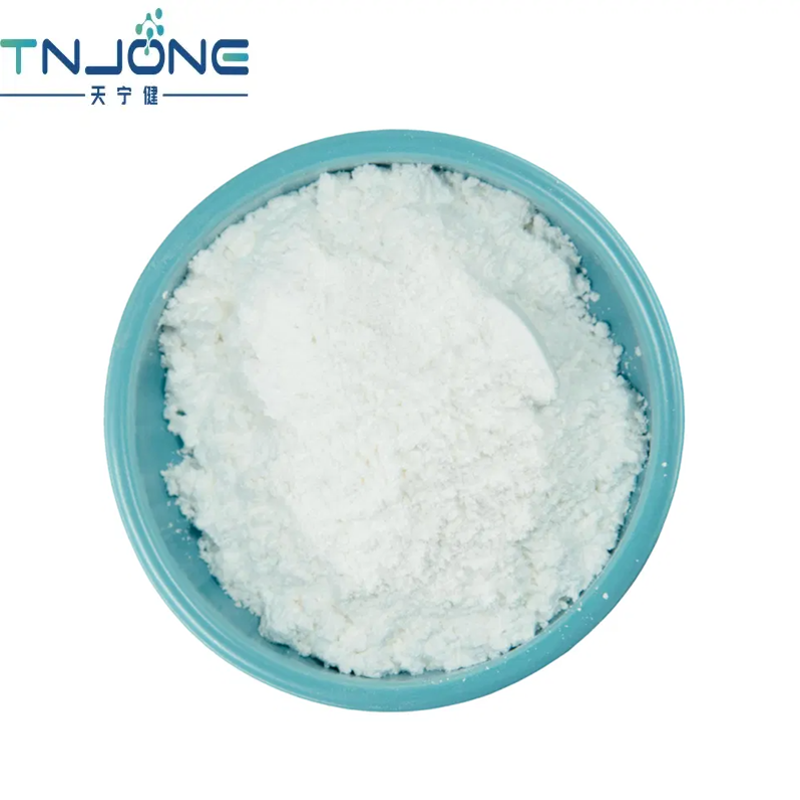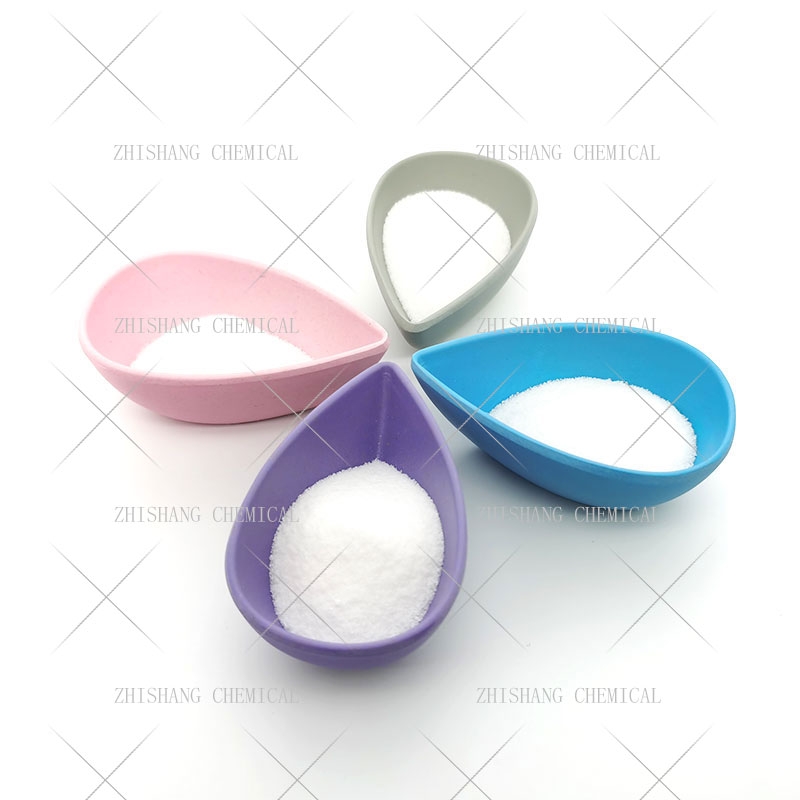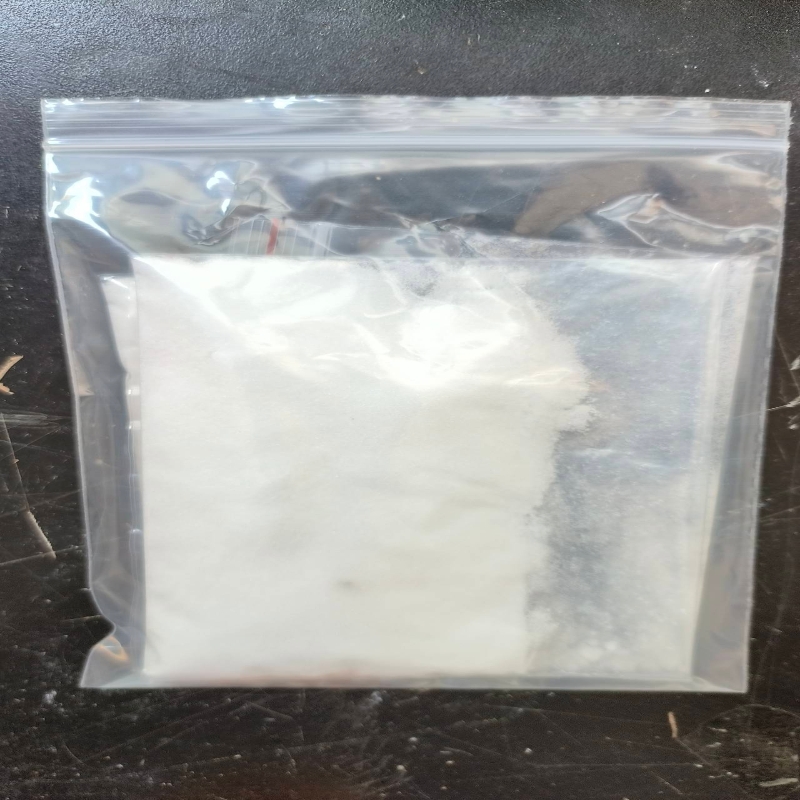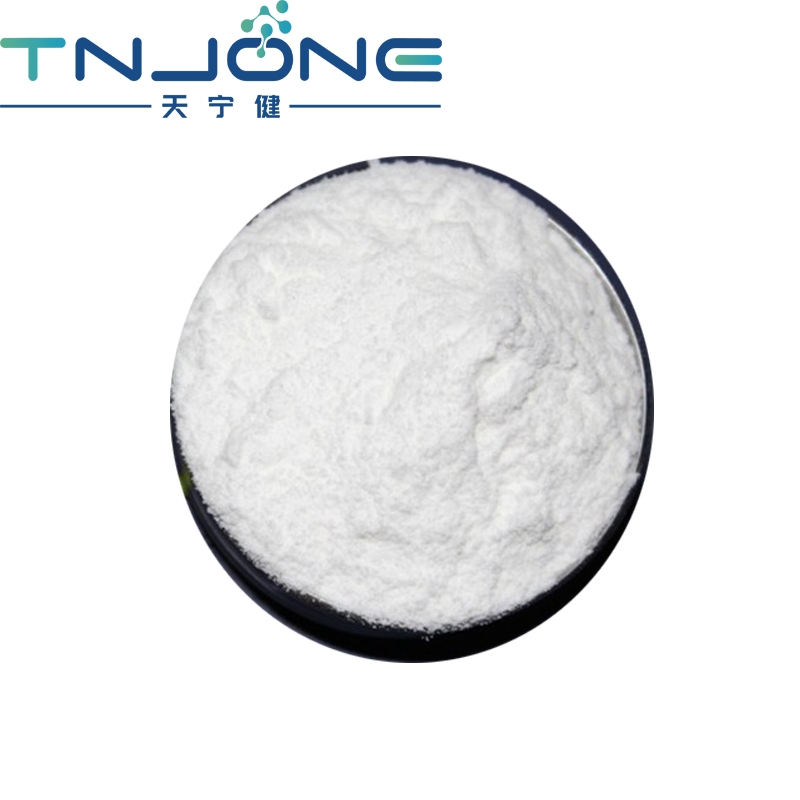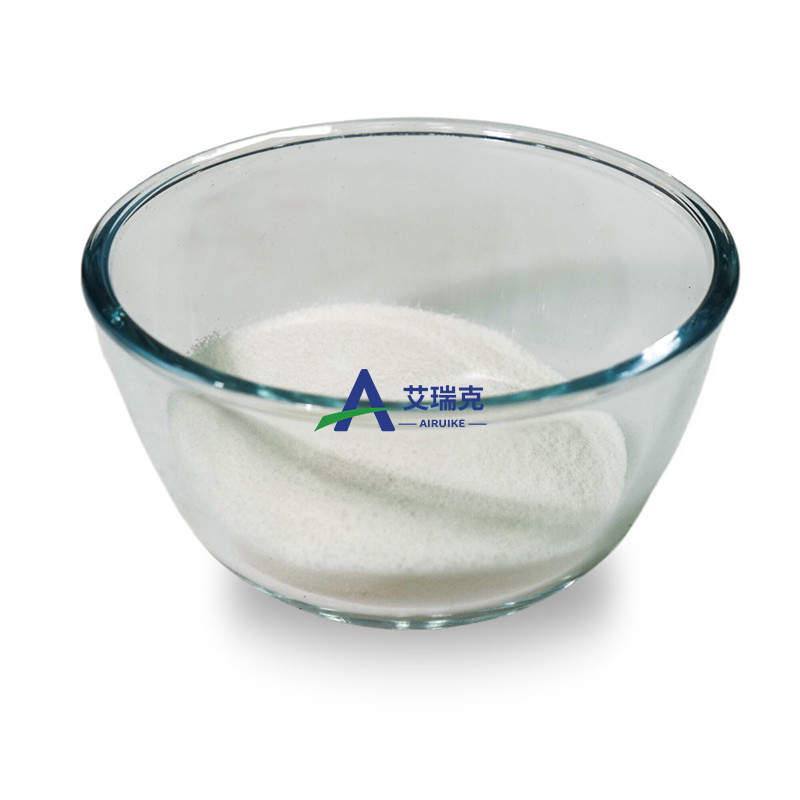Biochemical Engineering
- • Amino Acids and Proteins (221)
- • Nucleic Acid Drugs (18)
- • Enzymes and Coenzymes Drugs (115)
- • Inhibitors (1083)
- • Biological Response Modifiers (15)
- • Fat Medicines (7)
- • Amino Acids and Derivatives (4144)
- • Saccharides (2371)
- • Biochemical Reagents (322)
- • Nucleoside Drugs (346)
- • Condensing Agent (40)
- • Polypeptide (619)
- • Biosynthetic Natural Products (105)
- • Plant Extracts (813)
- • Chinese Herbs (352)
- • Microbiology Reagents (11)
- • Protein Research (34)
- • Lipids (281)
- • Inflammation Mediators (128)
Related News
-
In 2023, the international food price index fell nearly 14% YoY , and only the price index of sugar and rice rose
2024-01-10 -
Shanghai Takes the Lead in Curbing Sugary Beverage Consumption with Innovative Health Warning Labels
2023-10-19 -
Russia's Penza prefecture exported more than 1,500 tons of beet slag to China
2023-03-28 -
Bulgaria plans to introduce regulations on sugar consumption requirements
2022-12-23 -
High sugar prices in Bangladesh show no signs of abating
2022-12-14 -
How Does Sugar React With Vinegar? Vinegar And Sugar, Unlikely Couple
2022-12-09
Saccharides
Get Saccharides Raw Materials by RegionHydroxypropyl cellulose
(9004-64-2)-
Chemical Grade / 95%
-
Pharmacy Grade / 99%
-
Food Grade / 99%
$10-13/KG FOB
-
Request for quotation , get quotes from more suppliers.
Hydroxyethyl methyl cellulose
(9032-42-2)-
Industrial Grade / 99%
-
- / 99%
-
-
Food Grade / 99%
Request for quotation , get quotes from more suppliers.
Hydroxypropyl methyl cellulose phthalate
(9050-31-1)-
-
Top Product / 99%
$19-24/KG FOB
-
Pharmaceutical Grade / 99%
-
- / 99%
Request for quotation , get quotes from more suppliers.
-
Industrial Grade / 99%
-
- / 99.00%
-
industrial Grade / 98%
-
![3,5-Di-o-(p-toluyl)-2-deoxy-d-ribofuranosyl chloride buy 3,5-Di-o-(p-toluyl)-2-deoxy-d-ribofuranosyl chloride]()
Request for quotation , get quotes from more suppliers.
Helicin
(618-65-5)-
Pharmacy Grade / 99%
-
![HELICIN buy HELICIN]()
Industrial Grade / 99%
-
![HELICIN buy HELICIN]()
-
![HELICIN buy HELICIN]()
Industrial Grade / 99%
Request for quotation , get quotes from more suppliers.
Source Saccharides Products Supply
-
![HEXYL-BETA-D-GLUCOPYRANOSIDE buy HEXYL-BETA-D-GLUCOPYRANOSIDE]()
Industrial Grade / 99%
-
![Hexyl beta-D-glucopyranoside buy Hexyl beta-D-glucopyranoside]()
-
![HEXYL-BETA-D-GLUCOPYRANOSIDE buy HEXYL-BETA-D-GLUCOPYRANOSIDE]()
-
![Hexyl beta-D-glucopyranoside buy Hexyl beta-D-glucopyranoside]()
Industrial Grade / 99%
Request for quotation , get quotes from more suppliers.
-
Industrial Grade / 99%
-
![Hederacolchiside A1 buy Hederacolchiside A1]()
Industrial Grade / 99.0%
-
![Hederacolchiside A1 buy Hederacolchiside A1]()
-
![Hederacolchiside A1 buy Hederacolchiside A1]()
Request for quotation , get quotes from more suppliers.
HEXADECYL--D-MALTOSIDE 0.1 MM SOLU
(98064-96-1)-
![HEXADECYL--D-MALTOSIDE 0.1 MM SOLU buy HEXADECYL--D-MALTOSIDE 0.1 MM SOLU]()
Industrial Grade / 99%
-
![HEXADECYL--D-MALTOSIDE 0.1 MM SOLU buy HEXADECYL--D-MALTOSIDE 0.1 MM SOLU]()
-
![HEXADECYL--D-MALTOSIDE 0.1 MM SOLU buy HEXADECYL--D-MALTOSIDE 0.1 MM SOLU]()
Industrial Grade / 99%
-
![(2R,3R,4S,5S,6R)-2-[(2R,3S,4R,5R,6R)-6-hexadecoxy-4,5-dihydroxy-2-(hydroxymethyl)oxan-3-yl]oxy-6-(hydroxymethyl)oxane-3,4,5-triol buy (2R,3R,4S,5S,6R)-2-[(2R,3S,4R,5R,6R)-6-hexadecoxy-4,5-dihydroxy-2-(hydroxymethyl)oxan-3-yl]oxy-6-(hydroxymethyl)oxane-3,4,5-triol]()
Request for quotation , get quotes from more suppliers.
-
![HEPTYL 2-ACETAMIDO-3,4,6-TRI-O-ACETYL-2-DEOXY-BETA-D-GLUCOPYRANOSIDE buy HEPTYL 2-ACETAMIDO-3,4,6-TRI-O-ACETYL-2-DEOXY-BETA-D-GLUCOPYRANOSIDE]()
Industrial Grade / 99.0%
-
![HEPTYL 2-ACETAMIDO-3,4,6-TRI-O-ACETYL-2-DEOXY-BETA-D-GLUCOPYRANOSIDE buy HEPTYL 2-ACETAMIDO-3,4,6-TRI-O-ACETYL-2-DEOXY-BETA-D-GLUCOPYRANOSIDE]()
-
![HEPTYL 2-ACETAMIDO-3,4,6-TRI-O-ACETYL-2-DEOXY-BETA-D-GLUCOPYRANOSIDE buy HEPTYL 2-ACETAMIDO-3,4,6-TRI-O-ACETYL-2-DEOXY-BETA-D-GLUCOPYRANOSIDE]()
-
![HEPTYL 2-ACETAMIDO-3,4,6-TRI-O-ACETYL-2-DEOXY-BETA-D-GLUCOPYRANOSIDE buy HEPTYL 2-ACETAMIDO-3,4,6-TRI-O-ACETYL-2-DEOXY-BETA-D-GLUCOPYRANOSIDE]()
Industrial Grade / 99%
Request for quotation , get quotes from more suppliers.
Hexylb-D-thioglucopyranoside
(85618-19-5)-
![Hexylb-D-thioglucopyranoside buy Hexylb-D-thioglucopyranoside]()
Industrial Grade / 99%
-
![Hexylb-D-thioglucopyranoside buy Hexylb-D-thioglucopyranoside]()
-
![Hexylb-D-thioglucopyranoside buy Hexylb-D-thioglucopyranoside]()
-
![Hexylb-D-thioglucopyranoside buy Hexylb-D-thioglucopyranoside]()
Industrial Grade / 99%
Request for quotation , get quotes from more suppliers.










